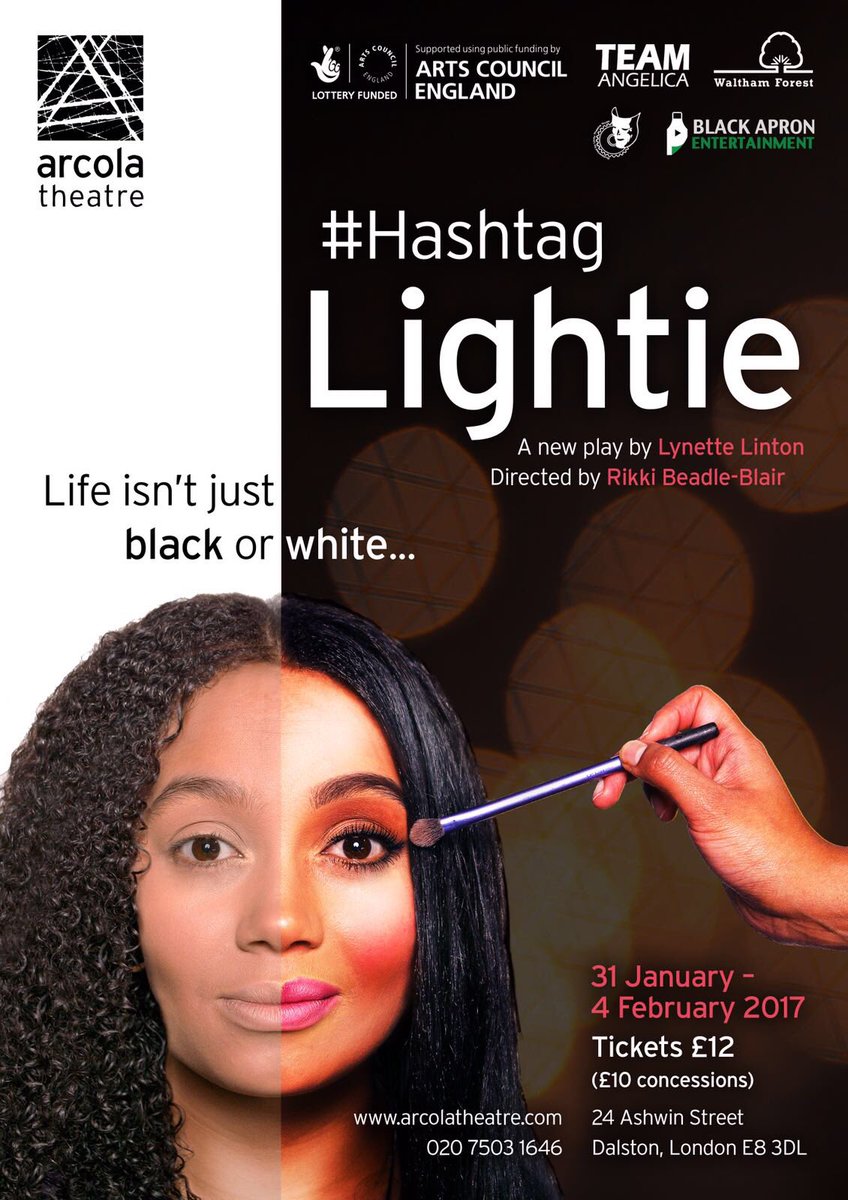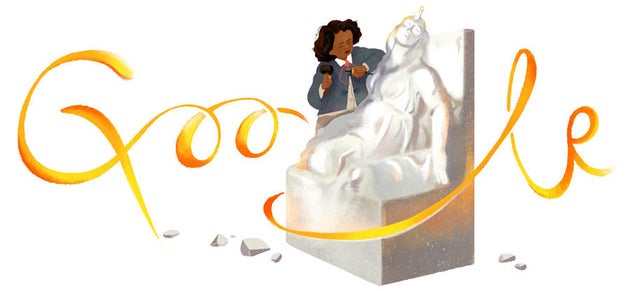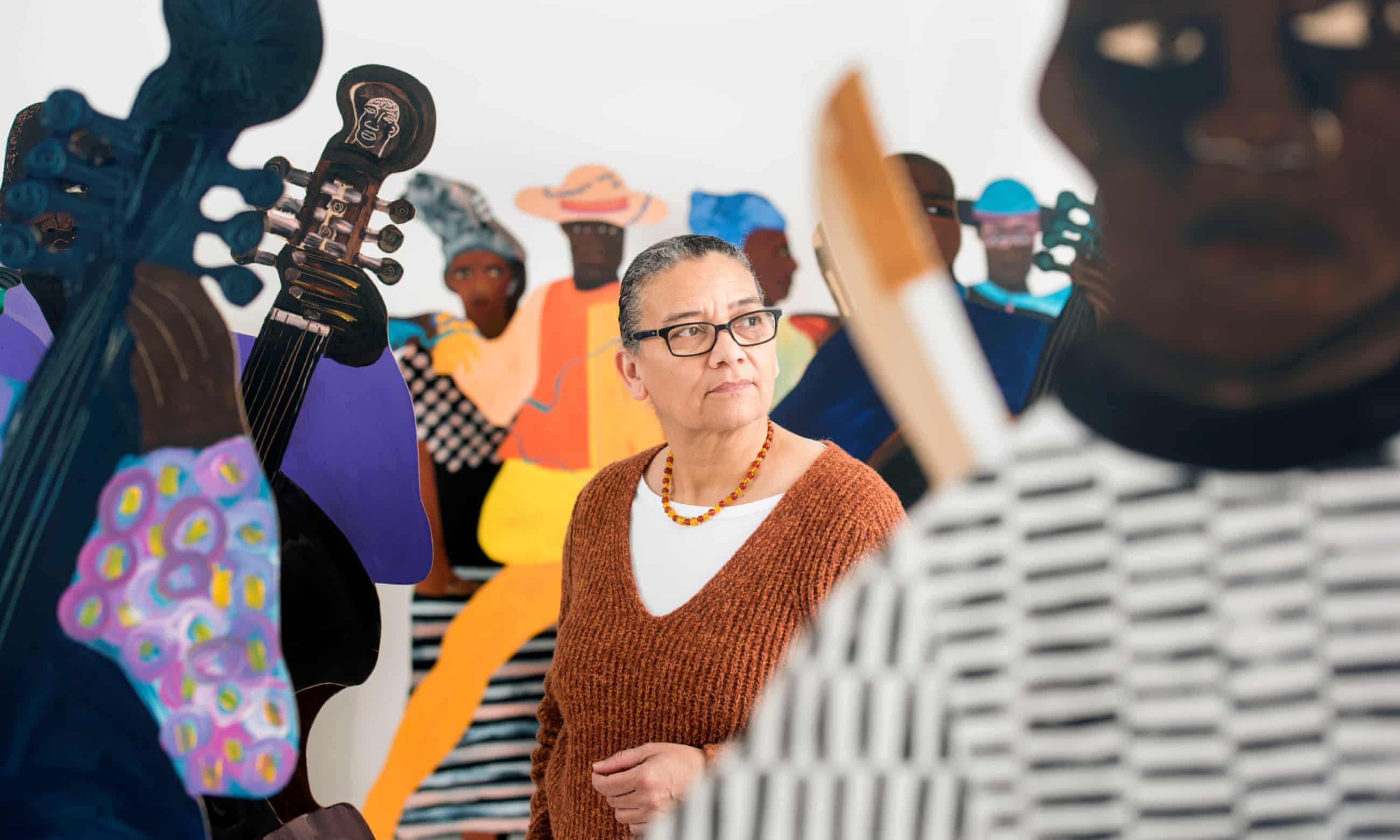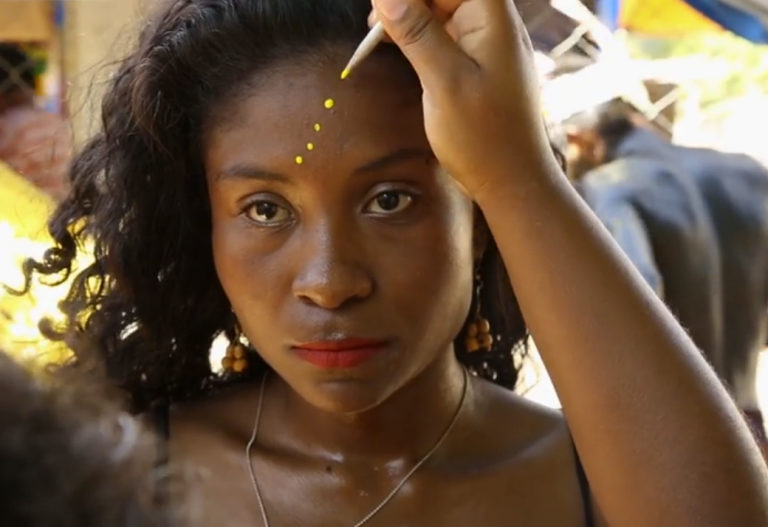An Octoroon: Education GuidePosted in Arts, History, Media Archive, Passing, Reports, Teaching Resources, United States on 2017-02-09 20:36Z by Steven |
The Wilma Theater
Philadelphia, Pennsylvania
2016
27 pages
Anne Holmes, Education Director
Lizzy Pecora, Education Assistant
BY Branden Jacobs-Jenkins
DIRECTED BY Joanna Settle
March 16 – April 10, 2016
Introduction
A NOTE FROM THE EDUCATION DIRECTOR
Thank you for choosing to bring your students to the Wilma’s production of An Octoroon, by Branden Jacobs-Jenkins. I applaud your willingness to take a risk on this one. While on some level we all understand that the most extraordinary learning opportunities emerge when we venture outside our comfort zone, most of us still gravitate toward what’s familiar and safe. An Octoroon promises to be a powerful catalyst for discussions around race, identity and stereotypes; if there’s a more urgent conversation we should be having with young people at this moment, I don’t know what that is. Brandon Jacobs-Jenkins has written a smart, intricately layered text to propel these discussions. Director Joanna Settle adds a live seven-piece band, with an original score composed in the rehearsal room alongside the actors, and dynamic step infused choreography to create a theatrical event big enough to encompass such a play. This is a risk worth taking.
If the Wilma were producing Dion Boucicault’s The Octoroon, the original 1859 melodrama upon which Branden Jacobs-Jenkins’ play is based, I would have a much tougher time arguing for its value in a high school classroom today. While Boucicault is still considered one of the great writers of the 19th century melodrama, there are so many cringe worthy moments throughout the play that it can feel like a minefield of political incorrectness. Similar questions have been raised about the value of reading Mark Twain’s The Adventures of Huckleberry Finn in 2016. I believe those concerns have validity and ignoring them would be irresponsible. What is it then about Branden Jacobs-Jenkins’ An Octoroon that makes it different, particularly given that the playwright has preserved so much of Boucicault’s original text? The crucial difference is that Jacobs-Jenkins provides a meta-theatrical lens through which to view the play, forcing us to consider a contemporary critical perspective on what we are seeing and hearing. Beyond that, he never tells us what to think or feel, leaving us to navigate our own way through this unsettling play. At times it feels like an irreverent romp, delighting in its own theatricality and celebrating the craftsmanship of the great 19th century melodramas. There are moments when we can’t help but laugh and yet we’re not sure if laughing is really okay. In many ways, An Octoroon is so suited to the classroom because it repeatedly eschews easy answers, all the way up through the final moments of the play’s deliberate non-ending.
In this education guide we tried to focus on providing key historical background on Boucicault and his original melodrama, as well as introducing you to this astounding, two-time Obie Award Winning Playwright (Best New American Play for An Octoroon and Appropriate) Branden Jacobs-Jenkins. BJJ’s character breakdown page as well as Boucicault’s plot breakdown page should help with getting clarity on the basics. With this play in particular, Lizzy Pecora and I both found ourselves repeatedly drawn back to the written, video and podcast interviews with Branden Jacobs-Jenkins because we really wanted to hear from the playwright himself as much as possible. We’ve included most of our favorite links to those interviews in the appendix, but I would leave these for after your students have already seen or read the play, so as not to clutter their experience of it with too much imposed meaning. The In the Classroom section includes our suggestions for introducing the play with interactive lessons designed to engage students in discussion and get them making their own predictions about its content and themes.
Thanks again for agreeing to go on this ride with us. Your students are going to love you for it!…
Read the entire guide here.






